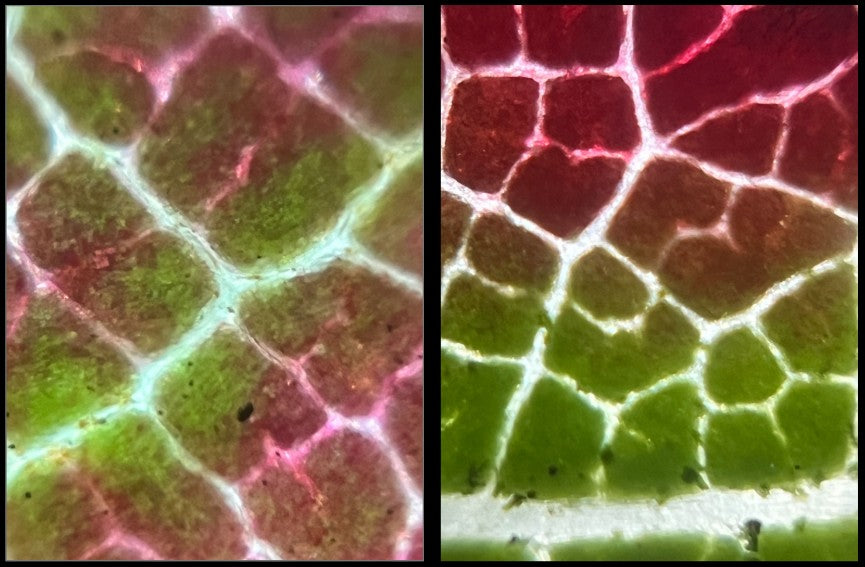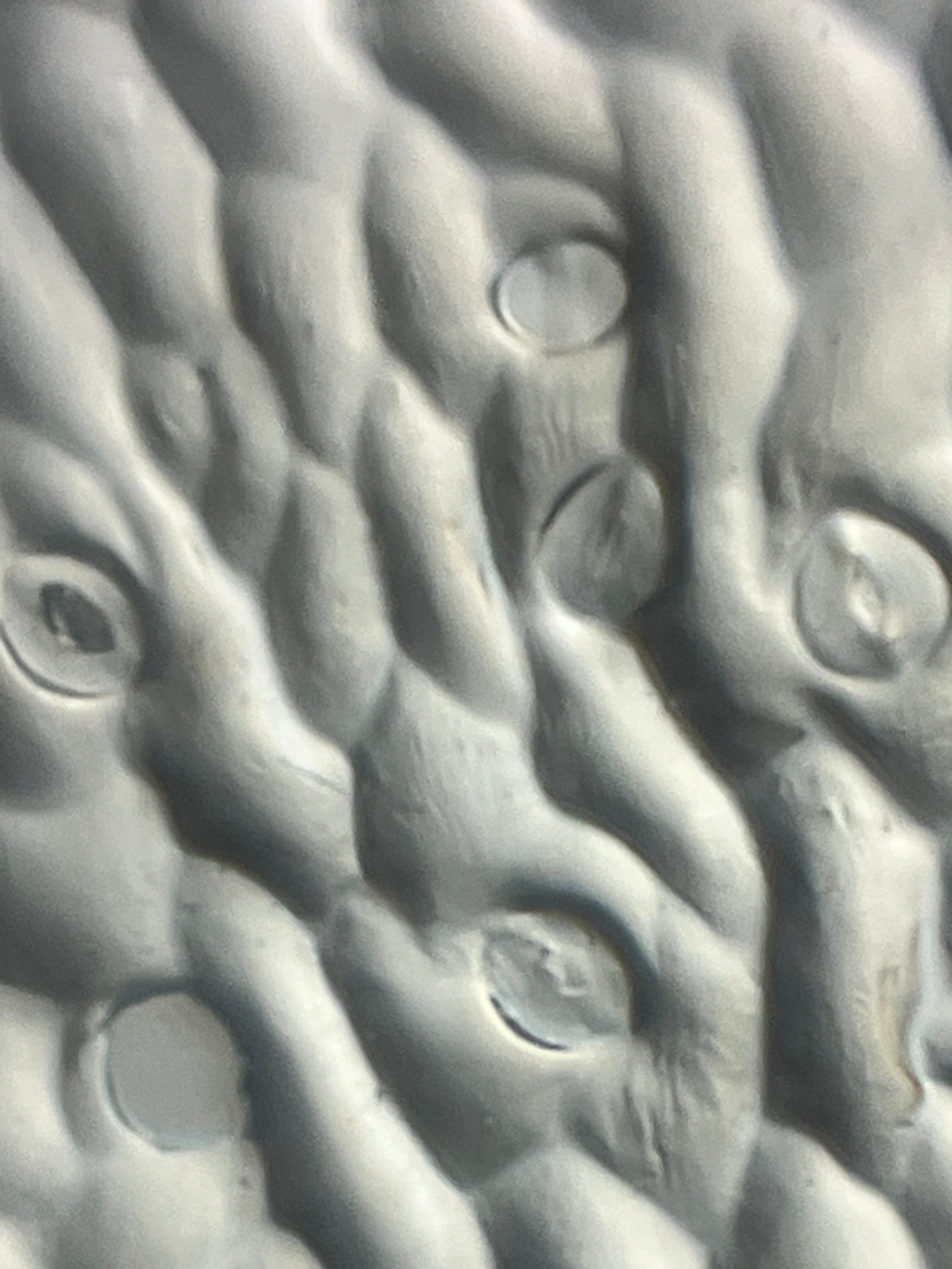by Phillip Koether (Health In Your Hands Diagnostics co-founder)
Hi, I'm Phillip Koether, co-founder of the non-profit Health In Your Hands Diagnostics, where our mission is to bring innovative, low-cost solutions to complex health challenges. Our current projects include microplastics studies, neurological diagnostics, environmental mapping with drones, and more.

Right now, we’re harnessing the power of the Foldscope—a paper microscope that costs less than $2.50—to help diagnose schistosomiasis, a parasitic disease that affects over 200 million people worldwide. Check out our latest work in Nigeria here!
In collaboration with Foldscope Instruments and Manu Prakash’s lab at Stanford Bioengineering, we were invited to Stanford to co-develop a frugally engineered, field-ready device for diagnosing schistosomiasis. Our team—Will, Maya, Nehali, and I—spent five packed days learning everything we could about accessible diagnostics.
What is Schistosomiasis?
Also known as bilharzia or “snail fever,” schistosomiasis involves a parasite with a complex lifecycle. It begins in freshwater snails, which release swimming larvae called cercariae into the water. In parts of Africa, routine activities like bathing, swimming, or washing clothes can lead to exposure.
The cercariaepenetrate human skin and travel through the bloodstream, eventually reaching the liver and intestines. There, they mature and release eggs, which are excreted in urine or stool and can reenter water sources, continuing the cycle. Left untreated, schistosomiasis can cause bladder cancer, infertility, and increased risk of HIV. Diagnosis typically requires antigen testing or microscopy to detect eggs in bodily waste—methods that are often too expensive or complex for use in remote areas. Our goal is to change that.

Our Mission at Stanford
Working with Dr. Manu Prakash’s lab and Foldscope Instruments, we aimed to build a low-cost, field-compatible diagnostic tool to help detect schistosomiasis more easily. The design would ideally filter, trap, and concentrate eggs for viewing through a Foldscope or another inexpensive, phone-compatible lens. This method would allow for user friendly diagnosis at the point of care with minimal cost, equipment, and experience necessary.
Day 1: Kicking Off at Stanford
Will arrived a day early to get a head start and immediately began meeting some of the incredible minds behind Foldscope and frugal science. He connected with Jim Cybulski, co-inventor and CEO of Foldscope Instruments, and Dr. Manu Prakash, associate professor of Bioengineering at Stanford and pioneer of low-cost scientific tools. He also met team members Hope, Anesta, and Kevin, who welcomed him warmly and offered insights into their ongoing work.

That evening, Will attended Manu’s Frugal Science class, where Kevin works as a teaching assistant. During a lecture covering malaria and schistosomiasis, Manu spontaneously invited Will to present our nonprofit’s mission and projects. Without hesitation, Will got up and shared the vision behind Health In Your Hands Diagnostics—discussing our work with microplastics, environmental health, and our most recent initiative (building off of Dr. Prakash’s work) to combat schistosomiasis. His presentation sparked thoughtful discussion and genuine interest in zoonotic diseases and how they expose larger problems. It was an unforgettable way to begin our Stanford journey.
Day 2: First Look at the Prakash Lab
Maya, Nehali, and I landed on the second day and made our way to Stanford. Though we missed Manu—who had left on a week-long research expedition aboard a sailboat—we were introduced to the rest of the Stanford team. Right away, we felt inspired by the energy and passion in the lab.
We toured the Prakash Lab, which was packed with fascinating tools, prototypes, and experimental devices. The creativity on display was astonishing—truly a hub for practical innovation. Although we arrived later in the day, we made the most of our time by exploring the lab's layout, discussing goals for the week, and brainstorming next steps. That night, we worked together on a scholarship video submission, capturing our passion and vision for improving global health. We went to bed knowing that the real work would begin in earnest the next day.

Day 3: From Sketch to Prototype
Our third day began with a quick morning trip to Pacifica Beach, where we sat in a cozy seaside café to mentally prepare for the big day ahead. Back at Stanford, we met with Jim Cybulski, who was ready to help us turn our ideas into functional designs.
We dove straight into a whiteboard session, where Will and Jim brainstormed solutions for filtering schistosomiasis eggs from urine samples. Watching them work—sketching rapidly, challenging each other’s assumptions, and iterating designs—was incredibly inspiring. We focused on creating a system that could be easily deployed in the field with minimal resources and no electricity.

By midday, we had several promising designs. Anesta joined the process and began mocking up filtration device models. We used readily available materials like microscope slides, binder clips, o-rings to create our first batch of concepts. Thanks to Kevin, and the staff at Stanford’s Prototype Realization Lab (PRL), we got the green light to start 3D printing some of the prototypes. As the printers ran overnight, we capped off the day with a scenic walk through Mori Point, soaking in the cliffs, ocean breeze, and reflecting on how far we'd come already.
Day 4: Real Eggs, Real Impact
Day four was a turning point. Through a connection Maya had at UCSF, we acquired real Schistosoma haematobium eggs—an enormous step forward that brought authenticity and credibility to our testing. Handling the real eggs gave our project a new sense of urgency and purpose.
When we returned to the lab, we were greeted with a table full of new prototypes. Jim, Will, and Anesta had spent the morning building several devices for trapping eggs. It was amazing to see how an idea and teamwork could be transformed into life-saving diagnostic tools through a little hard work and engineering.
We also tested different types of lenses, including one from a deconstructed security camera, which could be sourced for under $10. This opened up new possibilities for integrating low-cost optics into the final design. With prototypes in hand and real biological samples on deck, we were closer than ever to a working, field-ready tool.

Day 5: Testing and Triumph
Our final day at Stanford began early, driven by anticipation. We immediately set up in the lab to begin testing our prototypes with the real schistosomiasis eggs. After preparing the samples and calibrating the devices, we started filtering and observing. The moment we saw the eggs through the lens—even if not perfectly focused—was exhilarating.

We’d built something real. From sketches on a whiteboard to a functioning prototype in less than a week, the progress felt monumental. Though there’s still refinement and testing ahead, we left Stanford feeling proud, motivated, and energized to keep pushing. This collaboration with Foldscope and the Prakash Lab has brought us one step closer to making affordable, accessible diagnostics a reality for communities that need them most.
Looking Ahead
This is just the beginning. Our next steps include raising money to field test our prototypes in Nigeria and other endemic regions. After which we will iterate on designs based on community and clinical feedback, and collaborate with local health workers to ensure usability and scalability.
By combining the power of frugal science, grassroots collaboration, and a global mission, we are making diagnostics more inclusive and more impactful. We’re incredibly grateful to everyone at the Prakash Lab, Foldscope Instruments, and the Stanford community for their support and partnership.
Stay tuned for more updates as we bring this project into the field—and place life-saving diagnostics in the hands of those who need them most.
With gratitude,
Phillip Koether
Co-founder, Health In Your Hands Diagnostics
Follow us @healthinyourhands.diagnostics on Instagram to learn how you can support or get involved in our mission.




